Figures & data
Table I. Twenty days schedule of chronic mild stressors.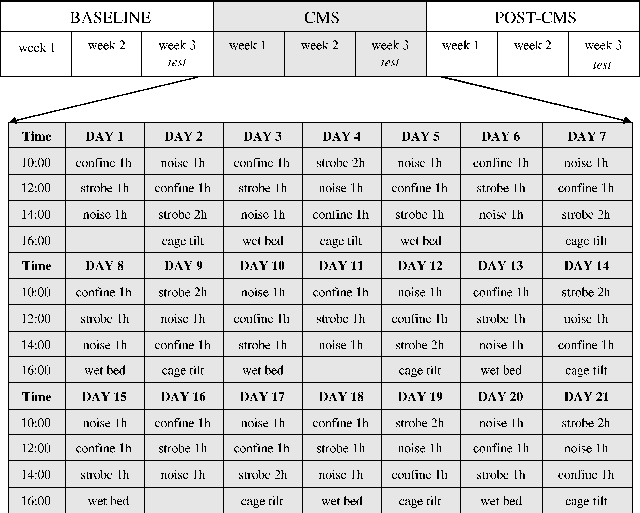
Figure 1 This figure shows a breakdown of the social interaction behaviours that were recorded during the last week of each phase; the behaviours were categorized as social and non-social. Their constituents include the following: Freezing: immobile. Threat posturing: arched back, all limbs extended with flanks turned toward opponent. Leaping: Jumping in air and landing on opponent. Boxing: upright posture facing opponent. Allogrooming: grooming stimulus rat. Anogenital contact: sniffing or nosing the anal and or genital area of stimulus rat. Lordosis: coccygeal region raised and the tail to one side (position which permits intromission and is stimulated by pressure of male's forelimbs on the flanks during mounting). Darting: rat in estrus runs a short distance from conspecific and pauses for mounting and then repeats.
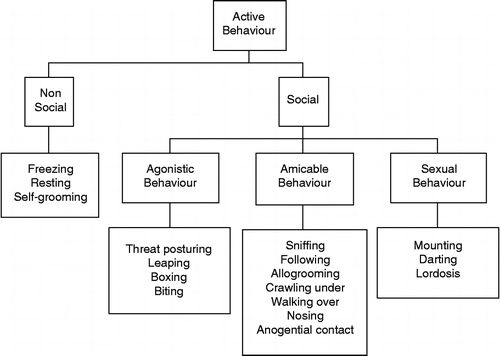
Figure 2 The difference in body weight from baseline at the CMS and post-CMS phases. Data are group means ± SEM. *p < 0.01 vs. baseline; §p < 0.01 vs. CMS. Within housing condition, significant differences between control and stressed groups are denoted by the symbol †. The boxed graph shows the percentage of average weight gain over the course of the study for each group. The * above each paired group indicates that they were both significantly different from the single-stressed group. The sample size was 11, 10, 10, and 12 rats in the single-housed control, single-housed stressed, paired-housed control, and paired-housed stressed groups, respectively.
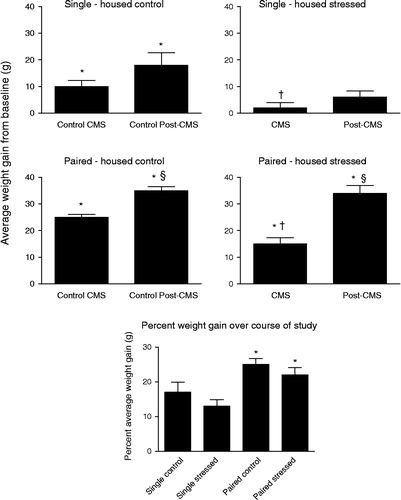
Figure 3 The percent difference in sucrose preference from baseline at CMS and post-CMS phases. The boxed graph shows the baseline values for each group. Data are group means ± SEM. Significant differences from baseline are indicated by an * above the relevant group. The single stressed group was significantly different from all other groups (*) and the paired stressed group was significantly different from its control counterpart (§) at baseline. The sample size was 11, 10, 10 and 12 rats in the single-housed control, single-housed stressed, paired-housed control, and paired-housed stressed groups, respectively.
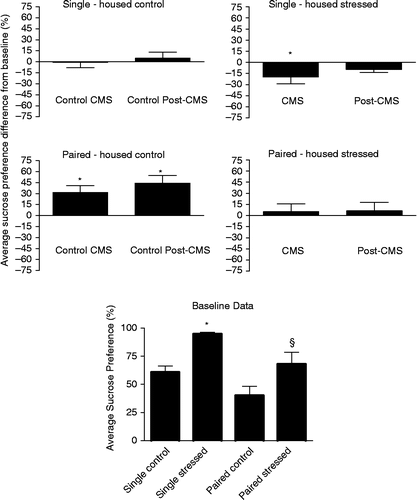
Figure 4 The difference from baseline time spent in active social interaction at CMS and post-CMS phases. The boxed graph shows the baseline data for each group. Data are group means ± SEM. *p < 0.01 vs. baseline; §p < 0.01 vs. CMS. The sample size was 11, 10, 10 and 12 rats in the single-housed control, single-housed stressed, paired-housed control, and paired-housed stressed groups, respectively.
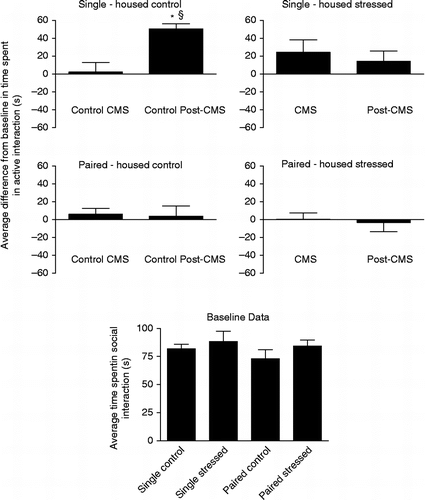
Figure 5 The difference from baseline in the percentage of rats displaying regular estrous cycles at the CMS and post-CMS phases. Increasing values represent decreasing cyclicity. The boxed graph shows the baseline data for each group. The sample size was 11, 10, 10 and 12 rats in the single-housed control, single-housed stressed, paired-housed control, and paired-housed stressed groups, respectively.
